RCRDSHP is a nascent digital collectables platform, based on the Flow blockchain, with a bit of a twist. Aiming to bring artist and fan closer together through the medium of blockchain, it’s a concept firmly rooted in the metaverse, and the new world. The platform is gamified and provides some interesting options for fans and artist alike, which I’ll dig into below.
Like their fellow Flow users, NBA TopShot, the platform at the moment centres around pack drops rather than auctions, something which helps with accessibility. What’s cool is that this accessability is a repeated point of emphasis for the platform, who have made it clear they aren’t interested in the headline-grabbing NFT sales which have begun to occur in the music industry, such as the Weeknd recently selling an NFT for $490,000. Nor do they want you speculating in their token (ye…a crypto founder encouraging you not to pump his token – that’s a new one). Furthermore, they don’t even have a cryptocurrency background – they come from music.
In a press release yesterday, they revealed novel NFT staking mechanics, whereby fans can stake NFTs, earning rewards for the artists of those NFTs. In-game leaderboards then display the top fans, so artists can see who see who is supporting them the most and thank them accordingly by contacting them, rewarding them with IRL experiences or any other action they see fit. Naturally, I wanted to find out more about this, as well as other aspects of the business.
I interviewed RCRDSHP Founder & CEO, Obie Fernandez, to get his thoughts.
CoinText: Do you intend to expand beyond the EDM genre?
Obie Fernandez: Yes, absolutely. We are actively searching for key hires that can help us connect with artists and fans from other genres, such as hip hop, latin, and indie rock.
CT: Would you consider offering auctions or fixed-price content like some competitors?
OF: Creators will definitely be selling fixed-price collectibles directly to fans on RCRDSHP soon, and as that happens then big pack drops will become special events rather than a weekly thing. Auctions are not a priority at the moment.
CT: Why did you choose Flow?
OF: The developer experience with Cadence is fantastic, but mostly we really liked Roham and Mickey and the rest of the Dapper team, and their emphasis on bringing NFT technology to millions of people around the world, no prior crypto experience or wallets needed. Also didn’t hurt that the earliest versions of RCRDSHP were heavily influenced by NBA Top Shot.
CT: I notice in your press release that you lament the expensive music NFT sales, for example the $490,000 Weeknd song that sold recently, as being inaccessible to the regular fan. You pledge “a constant supply of affordable collectibles”, but how do you intend to ensure this? What if a very popular artist wants to sell an NFT for higher, how would this work?
OF: We think that very popular artists are doing cash grabs at the moment simply because they can, so why not? It’s not sustainable and has no significant or long-term positive impact on the fundamental dysfunctions of the music industry. That said, if an artist on RCRDSHP wants to try selling something for a million dollars, we’re not going to try to stop them. It’d have to be pretty amazing though. Our player base is very picky, and hard to impress.
 A screengrab of the marketplace on RCRDSHP
A screengrab of the marketplace on RCRDSHP CT: Can you elaborate on how the staking system allows players to earn yield on behalf of their favorite artists?
OF: If you want to support your favorite artist, all you have to do is showcase their artist card–giving it special prominence in your public collection–and then “stake” it, essentially locking it (and its bound SOUND token) for a month at a time in favor of that artist. The daily stakeholder reward calculation is distributed proportionally based on the amount of SOUND token staked per artist. There are a limited number of slots in a showcase, so if a player wants to increase the number of coins staked in favor of a particular artist then they have to “mass” that artist’s artist card, basically folding in other collectibles by that artist in order to make cards with higher and higher coin values. We keep track of how much each fan has generated for each artist and rank them on a leaderboard in order to spur competition and bragging rights over who is the biggest patron of their favorite artists.
CT: What would you say is the biggest pulling power that RCRDSHP boasts in trying to attract artists over competing platforms?
OF: There’s many factors. Me and most of my team all come from music, not crypto or wall street, so that’s appealing–we know how to speak an artist’s language, and we’re building RCRDSHP first and foremost for ourselves. Also let’s be blunt, distributing hundreds of thousands of dollars in unexpected revenue to our initial artist cohorts did wonders in terms of generating inbound interest because word gets around. Curious newcomers poke around and see that our roster is full of well-established and well-regarded artists and that tends to make closing the deal easy. Many other competing platforms are full of new and/or obscure artists, and as an established artist you don’t want to damage your brand by mixing with people “below your level.” Not the most democratic phenomenon, but it’s the reality.
CT: Can you elaborate how the burning of NFTs works, which you mention drives scarcity and generates revenue for the holder?
OF: If a RCRDSHP player doesn’t want a particular collectible that they own anymore, they can turn it into coins by burning it. In order to burn, you have to have a source of fire, like a lighter or book of matches, which themselves are NFT-backed collectibles that have a limited number of charges. Some sources of fire like our Genesis Set “Zippo Lighter” can be recharged, and others like the “Late Night Pizza” are only good for a couple of burns. Once you burn something it’s no longer in your collection. (And if you go to its URL you’ll see a little gravestone.)
Burning is an important dynamic in our economy. When a player burns a collectible, the coins bound to it are liberated and flow to their account. It can be considered a kind of punishment for the creator of the collectible since those coins are no longer available for staking. On the other hand, the greatest predictor of market price for these things is scarcity, so even a high burn rate still ends up having some potential benefit to the creator by making remaining mints harder to acquire.
CT: Do you intend to get the SOUND token listed on exchanges, and if so, what time frame are you working towards?
OF: Yes, major centralized and decentralized exchanges. Including those that serve US citizens. We’ll be making continuous announcements about listings over the next few months.
CT: When you say on the website for SOUND that it is not intended for speculation, either by players on the platform or the public, do you have a plan to try to enforce this or are you just hoping that speculators don’t trade it? If you are planning on getting listed on exchanges, do you fear speculation in the token is inevitable?
OF: No enforcement planned, no. The economy is designed so that the platform itself puts constant buy pressure on SOUND at one dollar, so we expect the token to gradually drift towards that level and stay there. There are much better options for speculation.
CT: Looking at the tokenomics for SOUND, I notice a hefty chunk – 30% – is allocated to the Treasury. Can you elaborate on what the purpose of this is?
OF: The treasury includes a sizable amount of tokens we’ve sold to private investors via SAFTs, and over time I’m sure we’ll sell more to raise funds for investment in additional projects similar to RCRDSHP. (Think RCRDSHP for Broadway or Standup Comedy, etc.) We’ll also be using some of that allocation to provide liquidity to the market.
CT: Similarly, could you please elaborate on the 25% allocation to stakeholder rewards? How do you expect to use this portion?
OF: Stakeholder rewards will be distributed daily, and fluctuate based on player activity levels. Those rewards are critical to our economic system, because they replenish our content partners with tokens that they can use to mint new NFT-backed collectibles. The more engagement and fan support, the greater an artist’s share of the reward pool, and the more collectibles they can mint and sell to drive revenues.
[flexi-common-toolbar] [flexi-form class=”flexi_form_style” title=”Submit to Flexi” name=”my_form” ajax=”true”][flexi-form-tag type=”post_title” class=”fl-input” title=”Title” value=”” required=”true”][flexi-form-tag type=”category” title=”Select category”][flexi-form-tag type=”tag” title=”Insert tag”][flexi-form-tag type=”article” class=”fl-textarea” title=”Description” ][flexi-form-tag type=”file” title=”Select file” required=”true”][flexi-form-tag type=”submit” name=”submit” value=”Submit Now”] [/flexi-form]
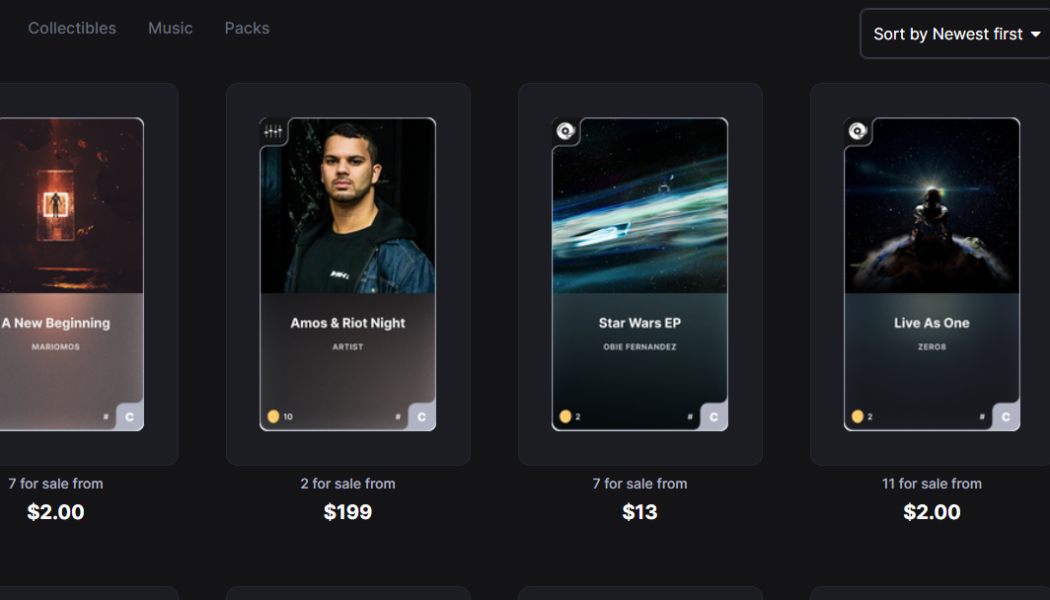
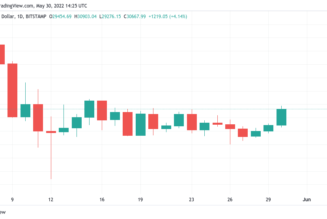
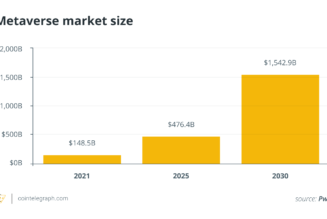
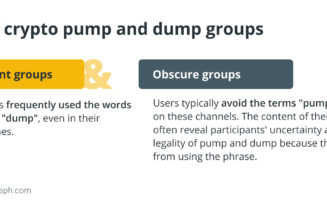
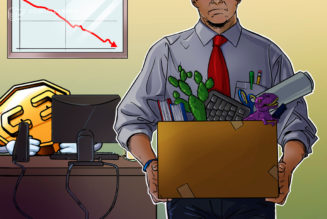
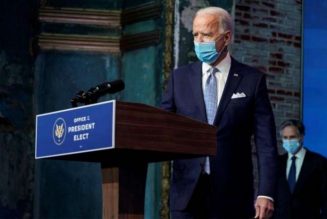
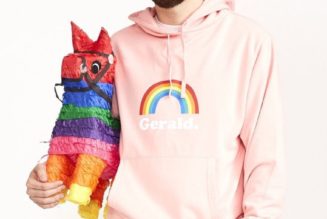
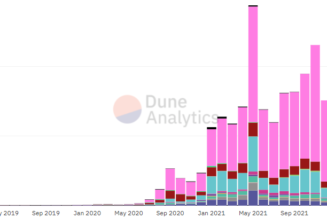
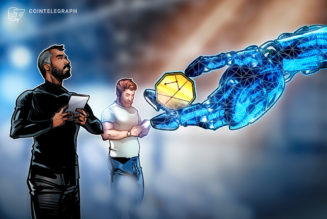
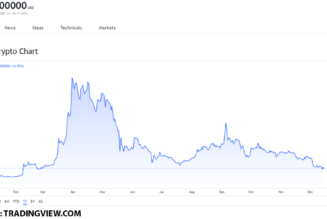
Tagged: crypto blog, Crypto news, cryptocurrency, interview, NFT